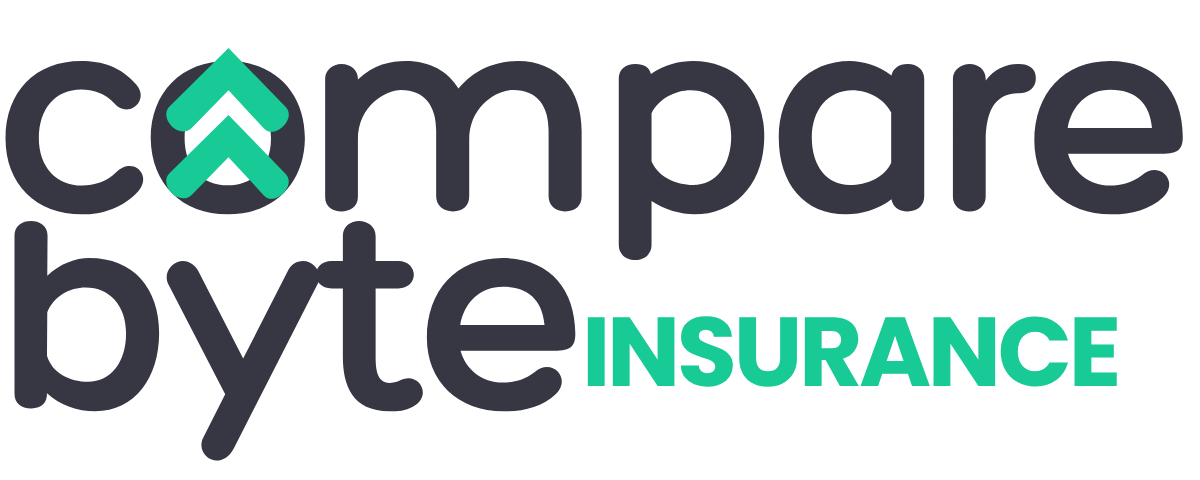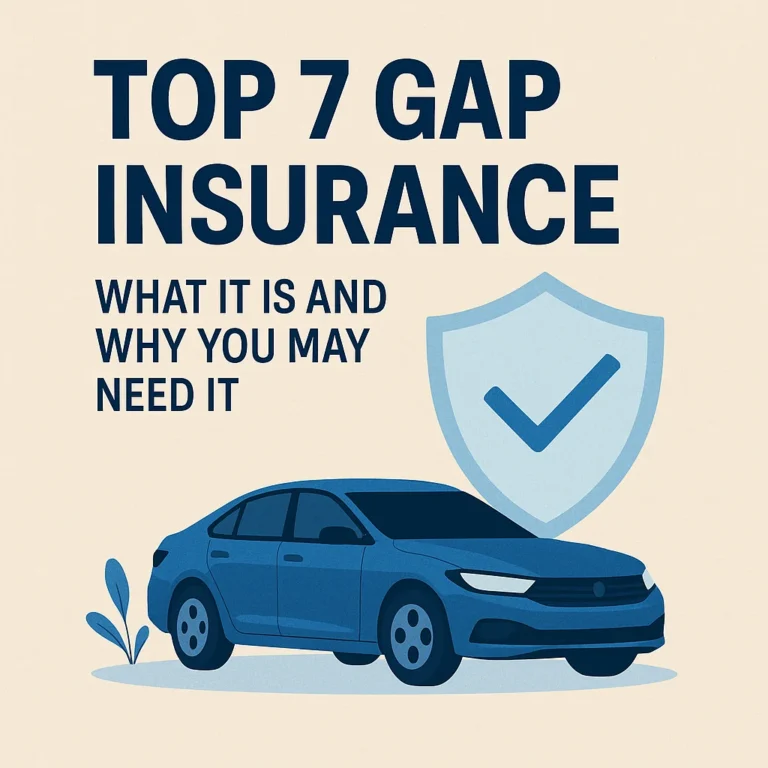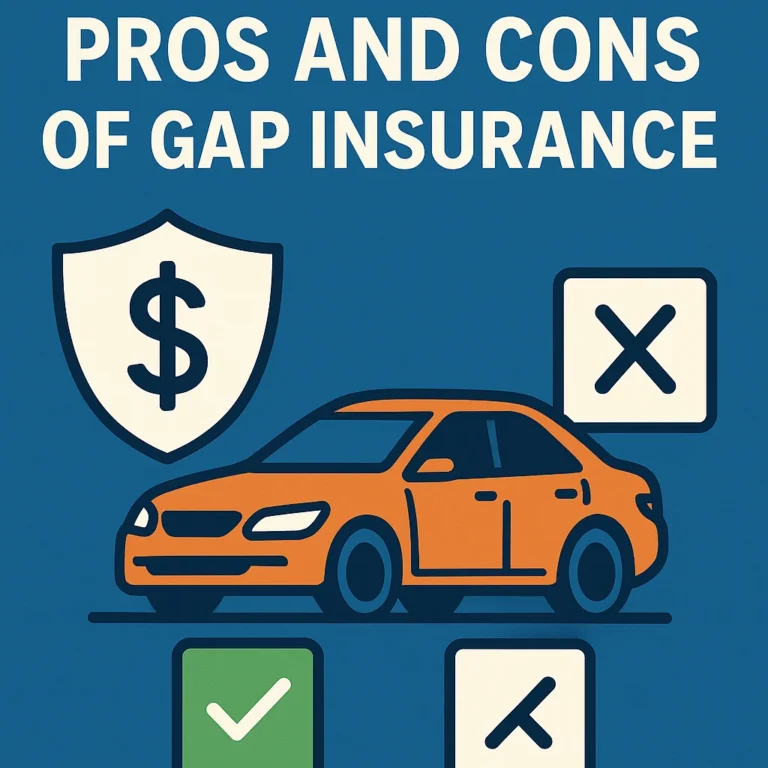Have you recently received your insurance bill and felt a little shocked? You’re not alone. Many people find that their insurance premium is higher than they had anticipated, leading to confusion and frustration.
In this guide, we break down the most common reasons your insurance premium might be higher than expected. Whether you’re insuring a car, home, or your health, understanding these factors can help you make better decisions and even lower your costs.
What Is an Insurance Premium?
A premium is the amount you pay to an insurance company to keep your coverage active. It’s usually billed monthly, quarterly, or annually, depending on your policy. Your premium can vary based on a wide variety of factors.
Most people assume the premium is set in stone once they get a quote, but that’s not always the case. Changes in your profile, location, claim history, and even global trends can lead to a rise in your costs.
There are also different types of premiums. For example, health insurance premiums are calculated differently from auto insurance premiums, even though some factors may overlap.
To fully understand why your premium is higher, it’s essential to explore both general and specific causes.
Let’s take a closer look at the top seven reasons.
Top 7 Reasons Your Premium May Be Higher Than Expected
1. Change in Personal Information
Changes like moving to a new area, getting married, or adding a driver to your auto insurance policy can directly impact your premium. For instance, moving to a higher-crime neighborhood may cause your car insurance premium to spike.
2. Poor Credit Score
In many states and countries, your credit score can influence your insurance rate. A lower score suggests higher financial risk, prompting insurers to increase premiums.
3. Past Claims History
Have you filed several claims recently? Insurers often penalize frequent claims with higher premiums. Even small claims can accumulate and mark you as a high-risk policyholder.
4. Increase in Coverage
Adding more coverage — such as extra protection for natural disasters or higher liability limits — naturally raises your premium. While the extra protection is valuable, it does come at a cost.
5. Rising Medical or Repair Costs
External market trends affect premiums, too. For example, inflation in medical care or auto repair parts will push insurers to adjust their rates accordingly.
6. Policy Lapse or Late Payments
If you’ve missed payments or allowed your policy to lapse, the insurance company may charge more when you reinstate it. You’re considered a higher risk at that point.
7. Errors in Your Application
Sometimes, a wrong entry or missed detail can mislead the insurer about your risk profile. Always double-check your application for errors that might lead to a higher quote.
Comparison Tables: Premium Changes in Action
| Credit Score Range | Estimated Monthly Premium |
|---|---|
| Excellent (750+) | $95 |
| Good (700-749) | $115 |
| Fair (650-699) | $135 |
| Poor (<650) | $160 |
| Number of Claims (Last 3 Years) | Average Monthly Premium |
|---|---|
| 0 | $110 |
| 1 | $145 |
| 2 | $185 |
| 3+ | $230 |
How to Avoid Unexpected Premium Increases
H4: Keep Your Records Updated
Always notify your insurer about any life changes, such as marriage, a new job, or relocation. Keeping accurate records ensures fair pricing.
H4: Improve Your Credit Score
Pay your bills on time, reduce debt, and avoid taking out unnecessary loans. A healthy credit profile can significantly reduce your insurance premiums.
H4: Review Your Policy Annually
Don’t let your policy renew automatically without checking if it still meets your needs. You might be paying for unnecessary coverage.
H4: Shop Around
Compare quotes from different providers at least once a year. Companies have different risk models, and a better deal might be available elsewhere.
Conclusion: Take Control of Your Premium
While insurance premiums may seem unpredictable, they are often influenced by clear and manageable factors. Understanding the reasons behind premium increases allows you to take strategic action and possibly lower your costs.
Start by reviewing your policy, correcting any errors, and comparing different providers. Your wallet will thank you!
For more guidance on this topic, check out these resources:






